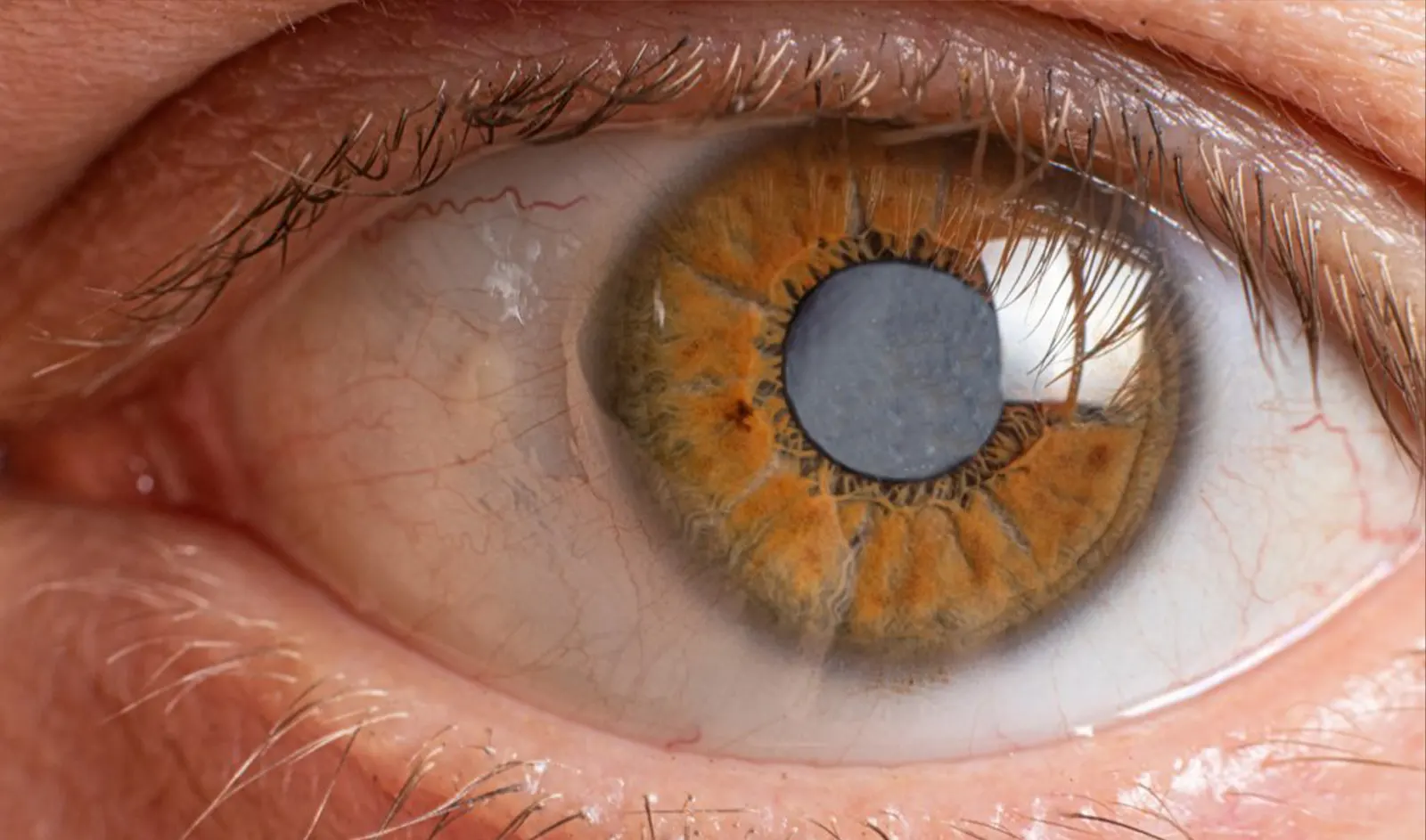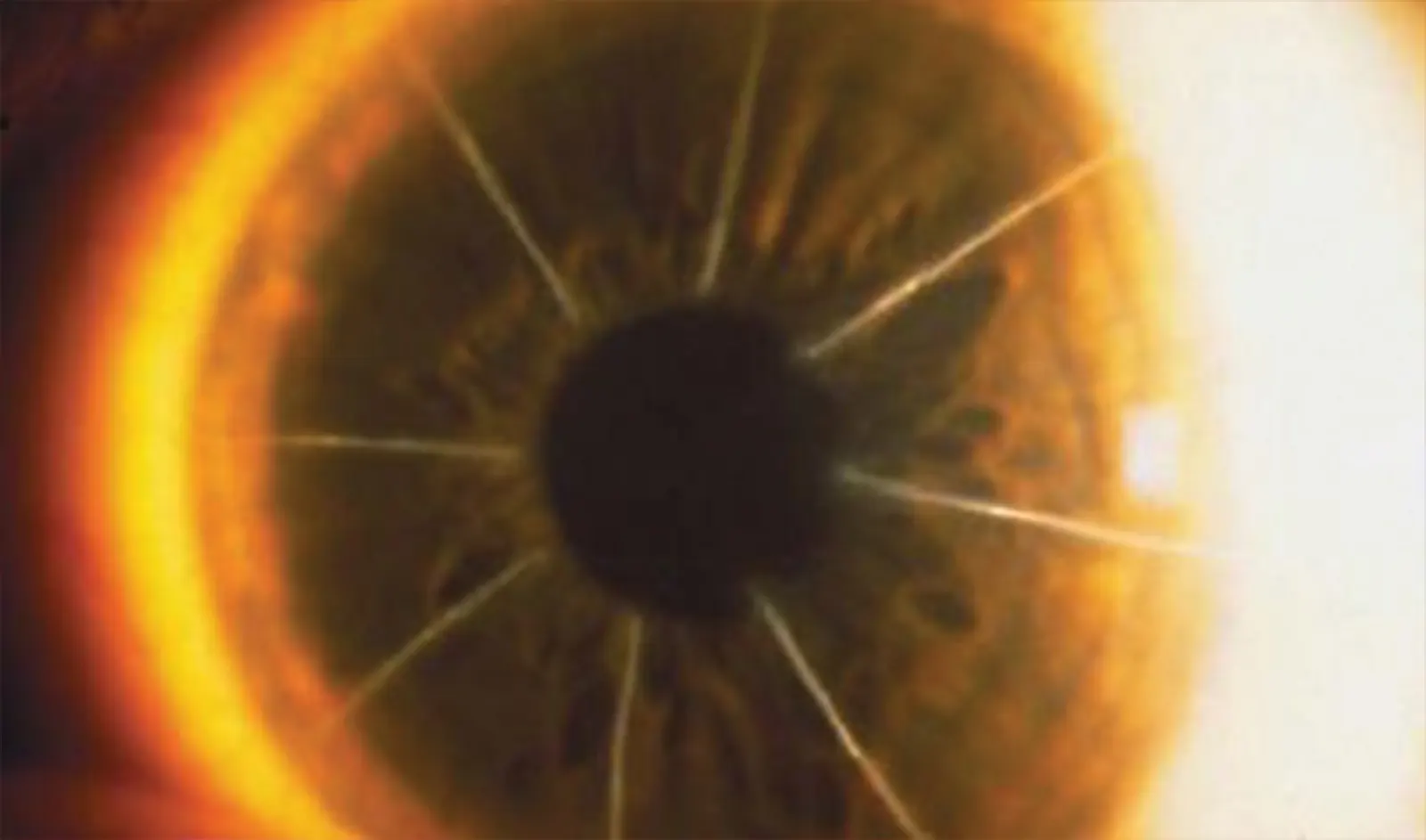When doctors perform laser in-situ keratomileusis (LASIK), the treatment zone must be centered on the patient’s visual axis. Centering the ablation ensures that the optics are aligned over the patient’s vision. A centered treatment area makes certain that the clearest zone of vision ends up exactly where it’s needed.
During LASIK, doctors instruct patients to look at a target. Decentration can occur due to poor patient fixation. Patients may have difficulty fixating due to anxiety, over-sedation or blurry vision due to high refractive error. When the stromal bed of the cornea is exposed during surgery, it can cause vision to become even more blurry for a patient, making it especially difficult for them to see the target. Patients may also receive improper instruction. Improper stabilization of the eye by the surgeon could also lead to decentration.
To avoid decentration, the patient must fixate properly so the surgeon can ensure proper application of treatment. There are various safeguards to obtain and maintain centration during treatment, such as eye tracking and iris registration. The eye tracker follows the patient’s eye movements, no matter how small, to ensure the laser is properly centered. Patients’ eyes may move involuntarily, so this mechanism helps to ensure the laser follows the eye.
Iris registration is a technology that finds various prominent landmarks on the patient’s iris. This allows for an additional means of tracking during surgery. Although eye tracker and iris registration are certainly very useful, they have limitations.
Anxiety can interfere with patients’ ability to fixate during surgery. In order to minimize this, patients should feel free to ask questions prior to their surgery. Patients should certainly ask for clarification if any instructions are unclear; this will enable them to feel most at ease on the day of surgery.
While milder LASIK decentrations may be asymptomatic, larger decentrations can have a devastating impact on vision. They can result in under correction of refractive error, resulting in residual refraction. This could mean that a patient still needs glasses after surgery. Decentrations can also induce higher order aberrations, which are imperfections in the visual system that distort vision and decrease visual quality. Patients can experience blurry vision, double vision, poor night vision, glare and halos. Higher order aberrations are traditionally not correctable with glasses, so patients have historically had to live with these vision problems.
Decentration can be repaired using laser corneal reconstruction. During laser corneal reconstruction, the ablation is guided by corneal topography. Corneal topography provides a map of the curvature of the cornea.
The Wavelight Contoura system is the most powerful corneal topographic system available in the United States. It is approved by the Food & Drug Administration (FDA) for use in primary laser correction patients; this refers to those who have not had LASIK before. The FDA approval includes use in corneal repair and treatment of irregularity and warpage. It does advise precaution, which means that the surgeon should acknowledge that a corneal repair is an entirely different procedure than a primary laser correction.
This technology has opened up an opportunity for surgeons to help patients who have had a negative outcome from their LASIK procedure. A very small cohort of surgeons in the United States have decided to take this challenge on, including Dr. Motwani.

The Contoura maps up to 22,000 unique elevation points on the cornea, allowing the surgeon to visualize every little peak and valley on its surface. In cases of decentration, the Contoura can be used to perform topography-guided custom ablation treatment (T-CAT). Surgeons can customize repair of the corneal decentration by specifically targeting individual irregularities.
It is important that the cornea’s outer layer, or the epithelium, be stable before undertaking a second procedure. Fluctuations in the epithelium’s thickness can occur for months after surgery, making it difficult for the topographer to get an accurate reading.
The precision of the Wavelight Contoura topography system is what enables the success of this treatment; therefore, it is important to maximize its ability to get a good reading. Surgeons generally recommend waiting 3-6 months after the first procedure to ensure stability of the epithelium. Various measurements can be obtained and tracked to assess stability before proceeding with a repair during this time. Sometimes, another corneal repair is needed after the initial surgery.
Corneal decentration is a devastating complication of LASIK. With the advent of corneal reconstruction, patients no longer need to live with blurry vision, double vision, poor night vision, glare and halos. Wavelight Contoura allows for customized corneal repair, finally giving patients a solution to the difficult problem of LASIK decentration. Get in touch today or book a consultation to learn more about your laser corneal reconstruction options.

Cataract Surgery is the most performed surgical procedure in the United States, and has a phenomenal track record for improving…
Read More
The treatment of trauma with topographic-guided ablation depends on the level of scarring caused by the trauma, the position of…
Read More
In the dynamic world of eye care, keratoconus treatment has become a focal point due to the condition’s impact on…
Read More